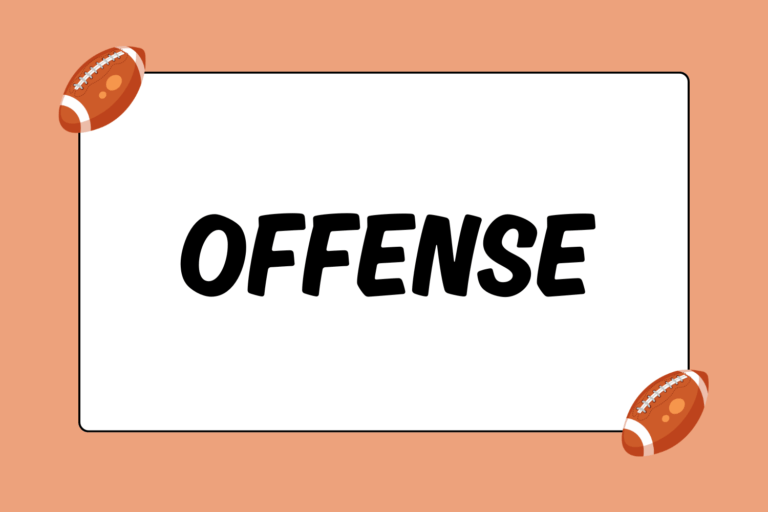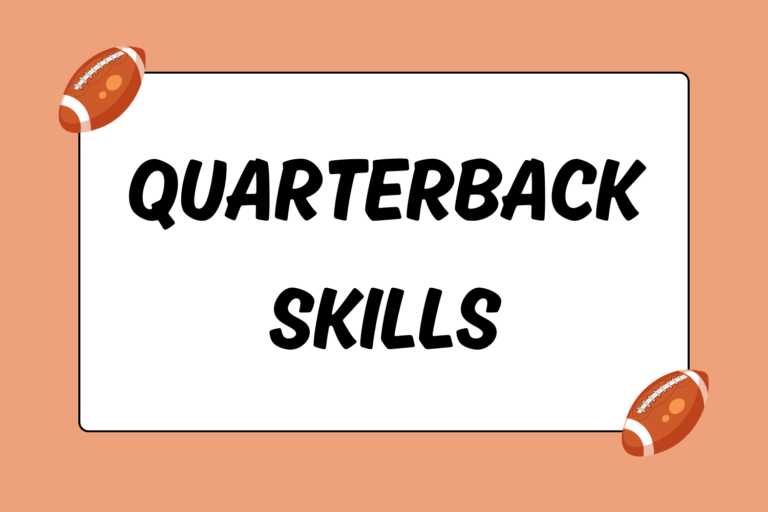It’s pretty easy to understand the main objective of playing defense: keep the offense from scoring points. However, that’s usually much easier said than done. There are a few different types of defensive players, and it takes all working together and fulfilling their individual responsibilities to successfully stimy the offense. Below is an explanation of the different types of defensive players, as well as the responsibilities inherent to the various position categories.
Defensive Positions
There are three different groups of defensive players: D-Linemen, Linebackers, and D-Backs. Each of these groups has different responsibilities in trying to keep the offense off the scoreboard, and satisfies those responsibilities in different ways. Here is a bit more information about the different groups of defensive players, and their respective tasks:
D-Linemen
Much like offensive linemen, defensive linemen are the biggest players on that side of the ball. D-linemen are the defense’s first wave of attack, and arrange themselves in various formations directly across from the O-line. Because they have to deal with large O-linemen, D-linemen rely on similar size and strength in their efforts to disrupt the play.
Here’s a look at the different D-linemen positions:
Defensive Tackle:
There are usually two D-tackles lined up across both offensive guards, but some formations call for only one tackle in which case the tackle (referred to as the Nose Tackle) will usually line up across from the center. The D-tackles’ primary responsibility is to stop the offense from running the ball, either by attacking the spaces between/immediately outside the various O-linemen (which the running back commonly runs through) or by preventing the O-line from effectively blocking.
Defensive End:
There are two D-ends, usually lined up outside both O-tackles. Their main responsibilities are to get in the backfield quickly to disrupt the play and/or to cover the area of the field between the O-Tackles and the sideline around the line of scrimmage. D-ends are also large players, but they’re almost never as big as tackles. This also means they’re faster and have a better chance of running around the O-tackles to tackle the ball carrier while he/she’s still in the backfield.
Unlike other defensive positions, D-linemen don’t move too far from the LOS. Focused on getting to the ball carrier as quickly as possible, they try to keep the distance between them and the quarterback/running back as small as possible.
Linebackers
Linebackers are a cross between D-linemen and D-backs, much like how tight ends are a cross between O-linemen and receivers. They share responsibilities with both groups of players and as a result are both big (but not Linemen big) and fast (but not D-Back fast).
The number and arrangement of linebackers on the field depends directly on the formation and play. However, there are three common types of linebacker categories:
- Strong Side: Linebackers in this category are frequently referred to as the ‘Sam back’ (Sam and Strong both beginning with ‘S’), and often they’re the strongest of the bunch, though that’s not where the ‘strong’ in strong side comes from. In actuality, it comes from the fact that they line up on the side of the field with the greatest number of offensive players. Because most offenses commonly run the ball to the stong side, these players are expected to regularly tackle the running back on such plays.
- Middle: These linebackers (also called the Mike back) line up between the strong and weak side linebackers. They often act as the quarterback for the defense, calling out specific player arrangements and duties to the other defensive players. Their responsibilities cover everything from blitzing to deep pass coverage, requiring a player who can quickly read the offensive formation and react accordingly, both in their own play and in deciding what the other defensive players should do.
- Weak Side: On the other side of the middle linebacker is the weak side back (referred to as the WIll back). These players are often the fastest of the linebackers for two reasons: one, they have to chase running plays down from behind, meaning they have the farthest to travel; and two, they regularly drop back into pass coverage, having to handle speedy wide receivers.
The linebacker position is quite a hybrid, and as a result they usually cover the area of the defensive side of the field between the linemen and backs, playing in both D-lineman and D-back territory. Normally they line up a few yards behind the d-linemen, often across from the gap between the guards and tackles. However, depending on the formation being run and the specific details of the situation, linebackers could go from lining up right on the LOS between the tackles and ends, to playing outside the ends, to playing 10 yards back from the LOS.
Defensive Backs
The Defensive Backs, or D-backs, are mainly responsible for covering the offensive receivers and preventing them from catching passes from the quarterback. Though linebackers are routinely called upon to provide additional pass protection, the vast majority of that responsibility falls to defensive backs.
There are two types of D-backs —corners and safeties — that cover different portions of the defensive backfield (also called the secondary), but there is really no physical distinction between the two types of players. However, both types of D-backs need to be very fast, have the ability to accurately react to the quarterback and receivers, and prevent passes from being completed without drawing an interference foul.
Corner/Cornerback:
Corners primarily line up directly across from a specific receiver or area of field adjacent to the line of scrimmage, at varying distances back from the line of scrimmage (depending on the defensive formation). Playing close to the LOS, corners are often the first defensive players to disrupt wide receivers at the very start of a play. They also generally cover an area of the field close to both sidelines, as opposed to the middle of the field.
Safeties:
There are almost always two different safeties on the field, a Strong Safety and a Free Safety. Safeties usually play between 15 and 25 yards back from the line of scrimmage. This setup gives them time to observe the development of the offense’s play and allows them to better track the routes run by the receivers they’re responsible for covering. Responsible for covering the middle of the field, safeties play behind the corners and are the defense’s last chance to stop the offense—hence the name ‘safety.’
Though they’re primarily concerned with defending against a passing attack, it’s not unusual for a defensive back to be involved in a blitzing scheme.
A Disruptive Force
The key to playing defense is disrupting the offense. While this guide does provide an overview of each defensive position, their respective roles and responsibilities vary from one team to the next. Be sure to check out the Related Guides in the sidebar to the right for more information on defensive football strategy.





